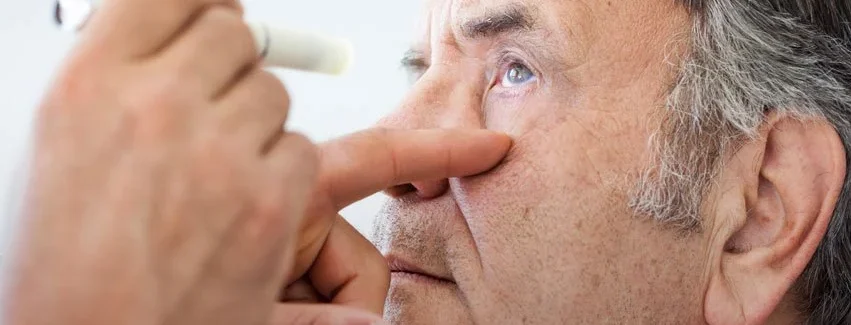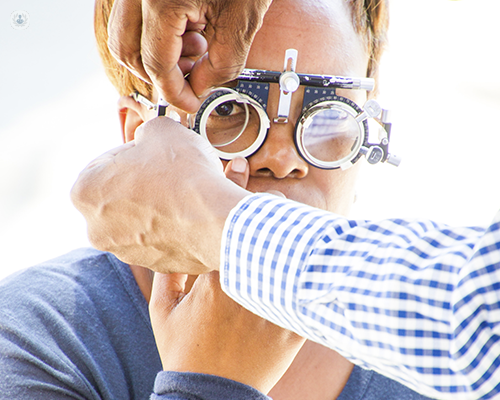Early Signs Of Cataracts To Look Out For

Cataracts are the leading cause of vision impairment, especially in seniors, which affect approximately 25 million Americans aged 40 and older.
In older adults, the eye’s crystalline lens yellows and begins to harden, resulting in blurry vision, dull color perception, and difficulty seeing at night. Cataracts worsen over time, so it’s important to understand the stages of cataract progression in order to treat symptoms early and slow or even stop the progression of cataracts.
An ophthalmologist can provide you with an accurate cataract diagnosis and help you plan an appropriate course of treatment.
What are the Symptoms of Cataracts?
Someone with cataracts might not have any symptoms at first, when cataracts are mild. But as cataracts grow, they can cause changes in vision. For example, a person with cataracts may notice that:
- Vision is cloudy or blurry
- Colors look faded
- Poor vision at night
- Lamps, sunlight, or headlights seem too bright
- A halo around lights
- Seeing double (this sometimes goes away as the cataract gets bigger)
- The need to change the prescription for your glasses often
How to Slow Down Cataract Progression
Small cataracts do not always develop quickly, giving patients and their families plenty of time to consider options and discuss treatment and/or prevention with an ophthalmologist. Some may stop progressing all together after a certain point, but cataracts never go away on their own. Should they continue to grow they can cause blindness if left untreated. Although cataracts are not reversible, there are some things you can do that may help slow down the progression of cataracts. Just be sure to speak with an eye doctor first to determine if cataract surgery is needed or recommended before your symptoms get worse.
- Wear sunglasses and a hat with a brim to block the sun
- Avoid or quit smoking
- Eat healthy, and include dark, leafy greens like spinach, kale, and collard greens in your diet
- Get a dilated eye exam once every two years
Are cataracts easy to detect?
There are generally two ways in which an eye care professional detects cataracts. If a patient is experiencing blurred, clouded vision, he or she should make an appointment to have their eyes checked. (Note that clouded vision is not a definite sign of cataracts, but it is a possibility.) Also, warning signs of cataracts may appear in a patient when his or her optometrist conducts a routine eye exam. (This may sound scary, but it is far from being so: The earlier that cataracts are detected, the better the chances for successfully dealing with them.)
From the technical coverage of detecting cataracts, the eye care professional will perform a variety of tests, one of which is known as a “visual acuity exam,” which measures how well a patient can see from different distances. Additionally, a “slit-lamp examination” may be suggested, which enables the professional to view structures at the front of a patient’s eyes while they are being magnified through a machine called an “ophthalmoscope.” Another method of testing as to whether or not a patient might have cataracts is through measuring the fluid pressure in his or her eyes.
Can you see cataracts in a regular eye exam?
The eye care professionals at SightMD have extensive expertise in diagnosing and finding solutions for handling cataracts. If you have been having trouble with your vision – however slight it might be – contact SightMD for a checkup. Should it be determined you do in fact have cataracts, know that we will provide the best possible care and guide you every step of the way toward the best solution. Whether an upgrade in a prescription to eyewear is needed, or is surgery is the best option, the eye care professionals at SightMD are here to help.


